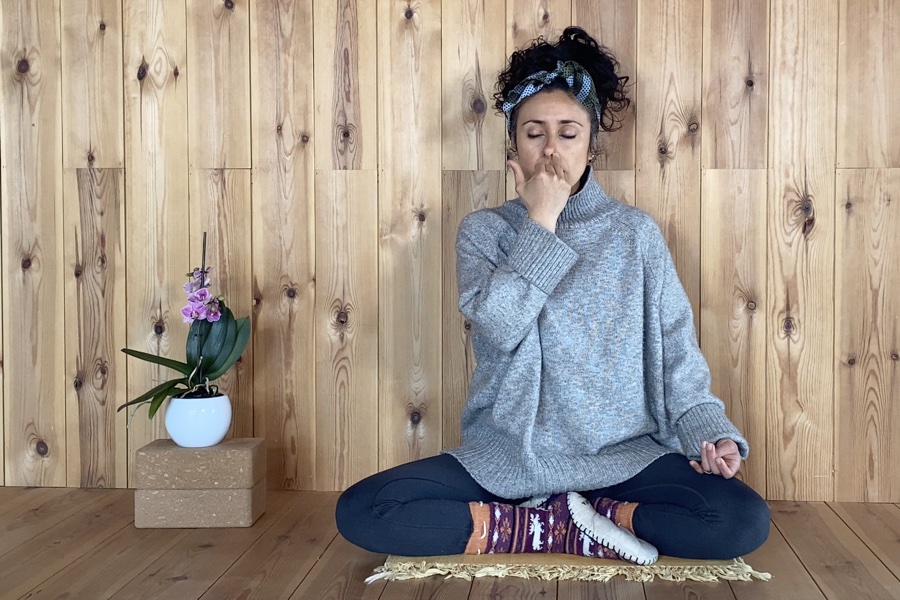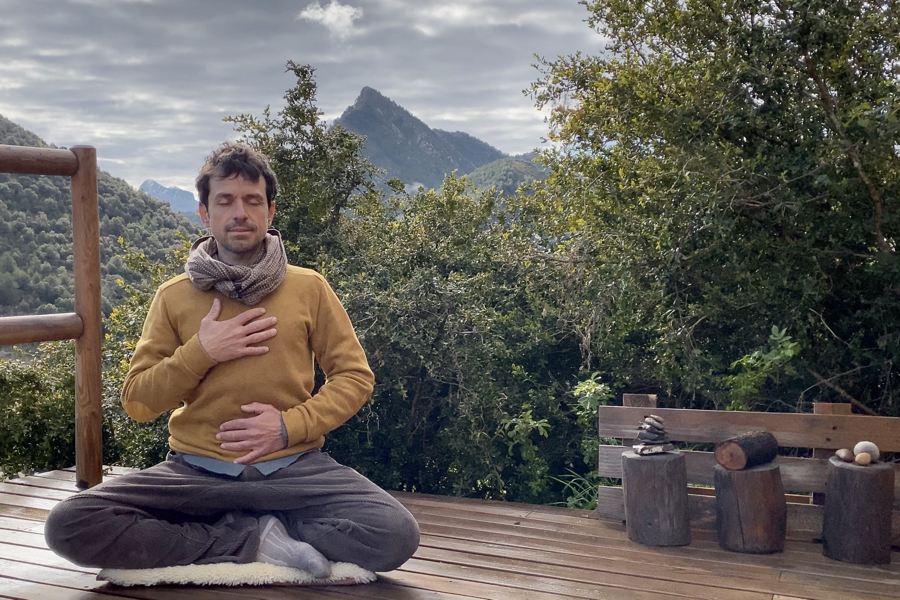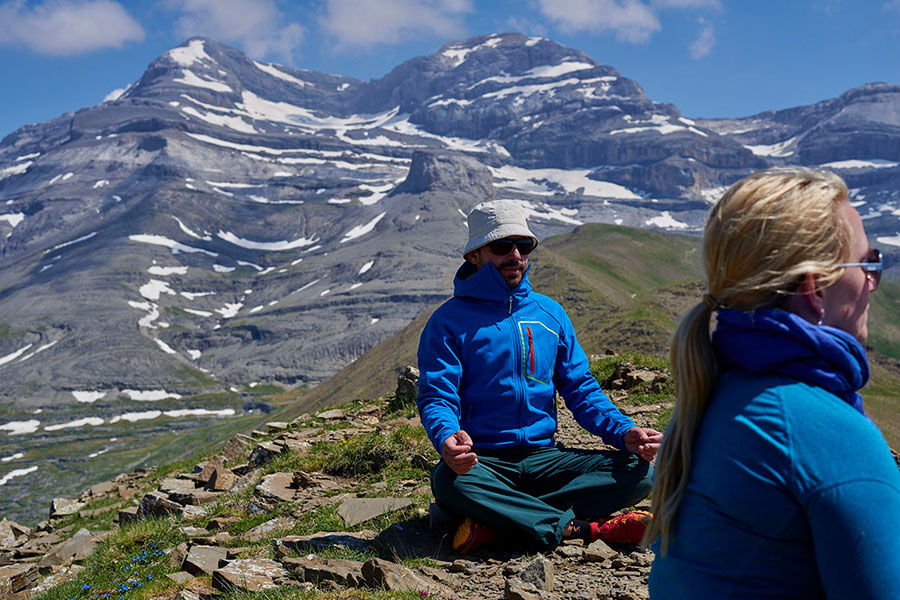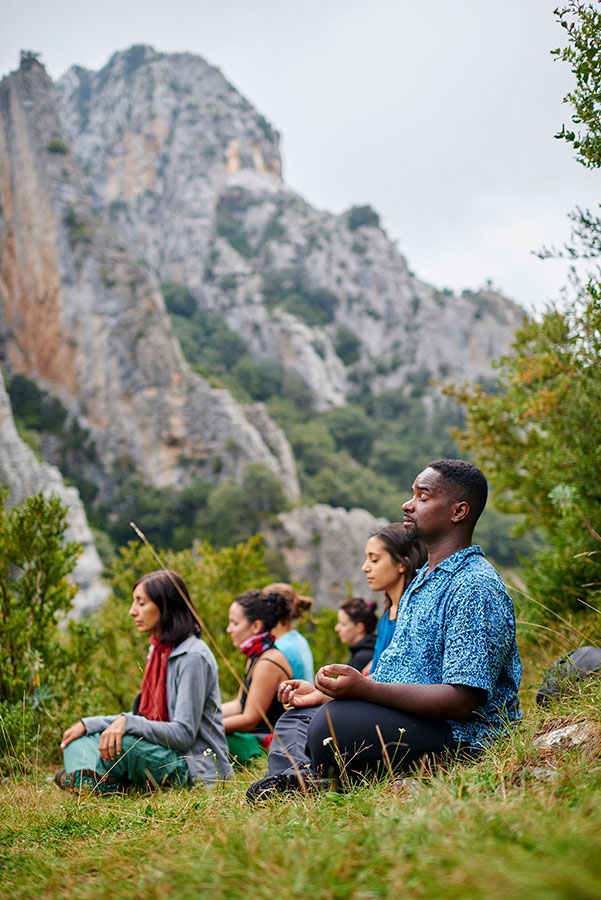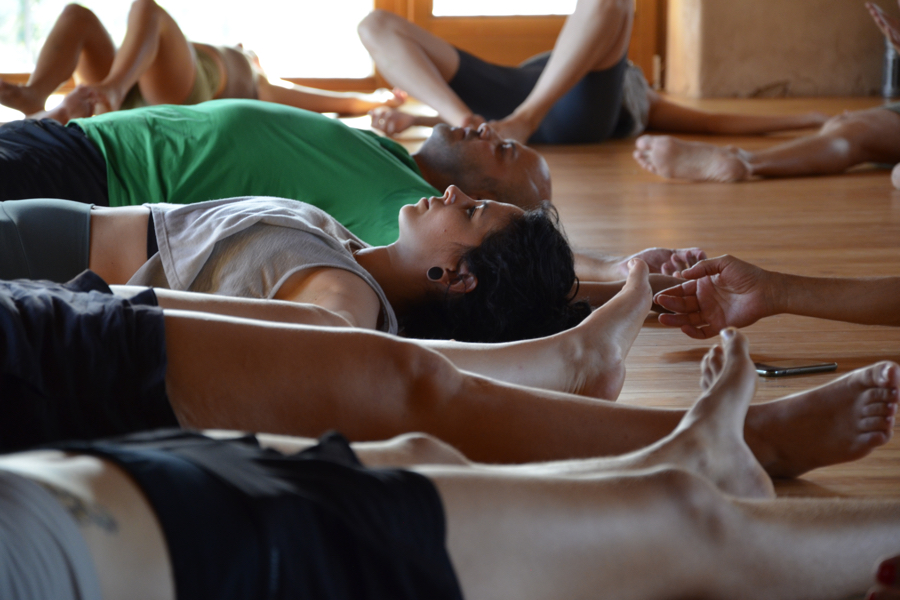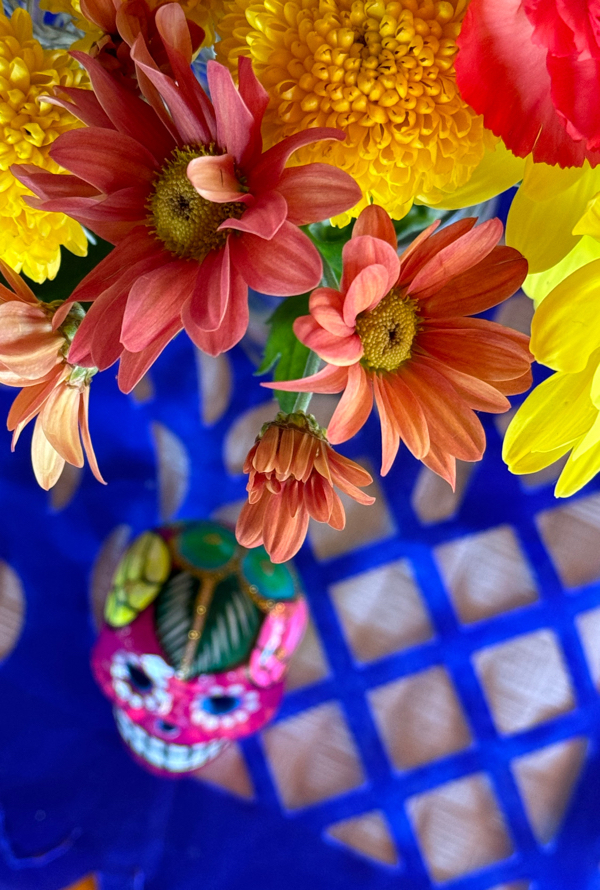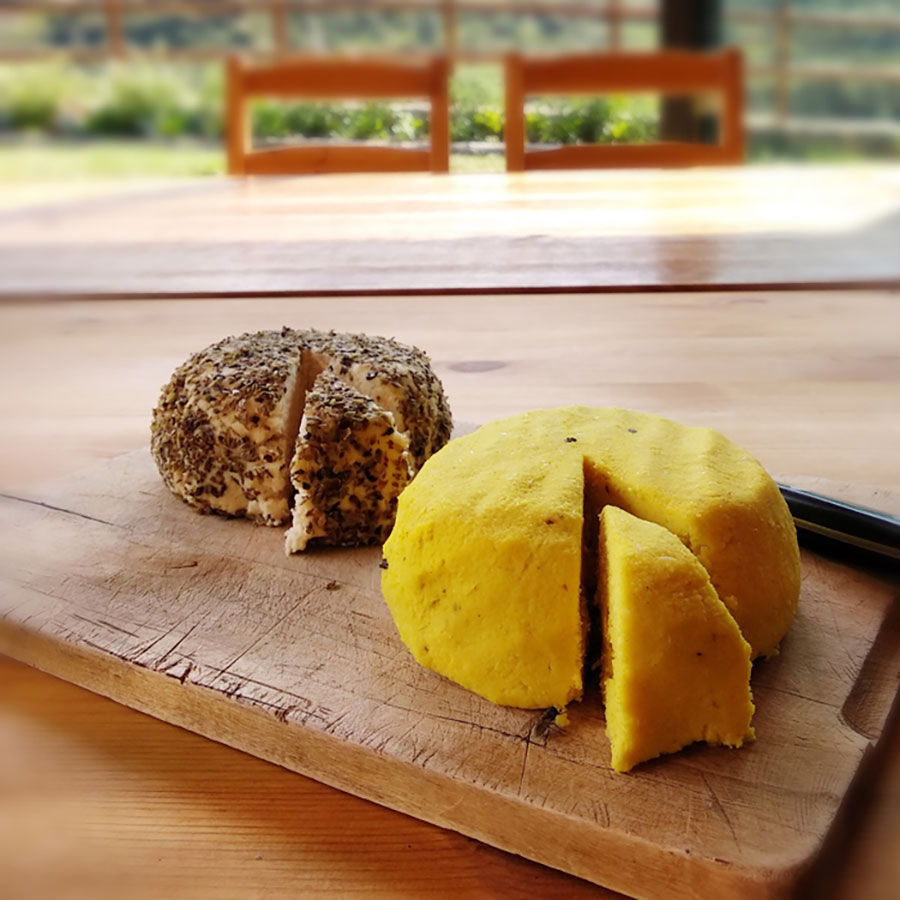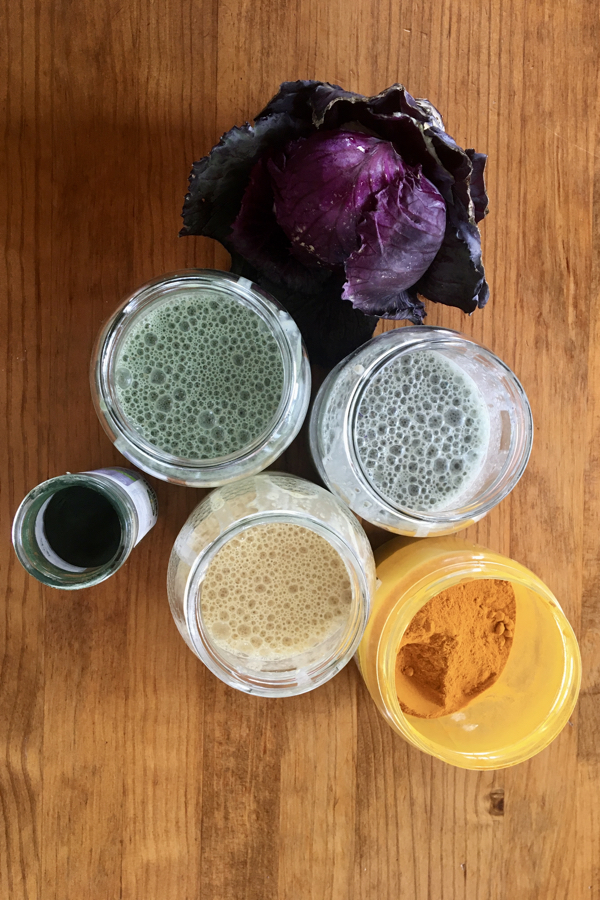Pranayama, a necessary practice for daily life.
The pranayama belongs to the practice of Raja Yoga. We consider that it is one more practice of Yoga, which is equally necessary and important in our daily life, to have good health, a calm and concentrated mind.
We invite you to adopt a pranayama practice in a regular basis. A good idea is to do your pranayama exercises before meditation. You will see that this will help a lot to concentrate the mind and increase your vital energy.
We want to mention the Patanjali Sutras, in which this practice is described as “Tasmin Sati Svasaprasvasayorgativecchedah Pranayamah“, the regulation of breathing and control of prana is constituted by the suspension of inhalation and exhalation, after affirming one in the pose or asana. Swasa means inhalation or inspiration and Praswasa exhalation or expiration.
We want to share a video with you, even if it is in Spanish, so you can have an idea of how it is and it would be a great way to practice pranayama while practicing some Spanish 😉
In the following video, Dani will accompany you to an intermediate level practice that includes:
- Deep breaths
- Kapalabhati, which means kapala – skull and bhati – radiant, as it gives us more mental clarity and vital energy.
- It is considered a pranayama and a kriya (part of the Shat-Karmas, 6 Hatha Yoga cleansing processes)
- It is a vigorous practice that helps us eliminate excessive phlegm from the body, cleaning the respiratory system and nasal passages
- Highly recommended for people suffering from asthma, helping to have a better oxygenation of the lungs and an increase in their capacity
- Helps us remove impurities from the blood
- Improves heart function
- Promotes good health in the respiratory and circulatory systems
- It offers a good massage to the digestive organs for its best function.
- Nadi Suddhi, is an exercise to purify and balance the flow of the Nadis (energy channels)
- It is regularly practiced with the ratio 1: 4: 2; for example, inhaling through the left nostril in 4 counts, holding for 16 counts and exhaling through the right nostril in 8 counts. Then it would start again through the nostril through which we just exhaled, that is, inhaling in 4 counts from the right, we retain 16 counts and exhale from the left in 8 counts. That would be a complete round. You can practice 8-20 rounds.
- If you are starting to practice this exercise, we recommend what Dani proposes in the video, do the ratio 1: 2: 2; Example 4 inhalation, 8 retention and 8 exhalation counts. You can do 6-12 rounds.
- Rest your gaze between the eyebrows, with your eyes closed and keep counting the counts mentally, to concentrate the mind.
Enjoy the practice!
